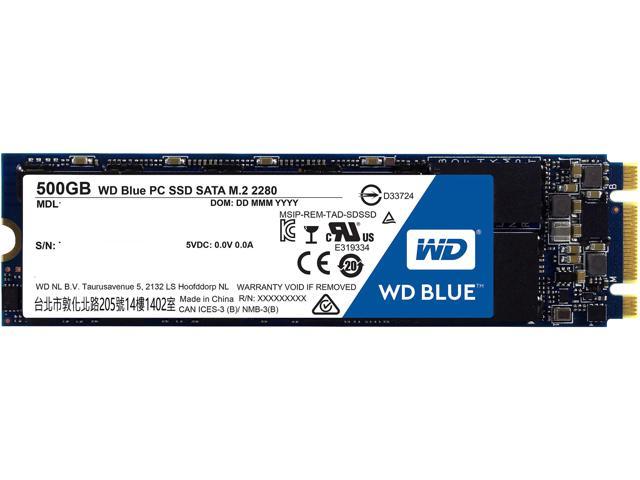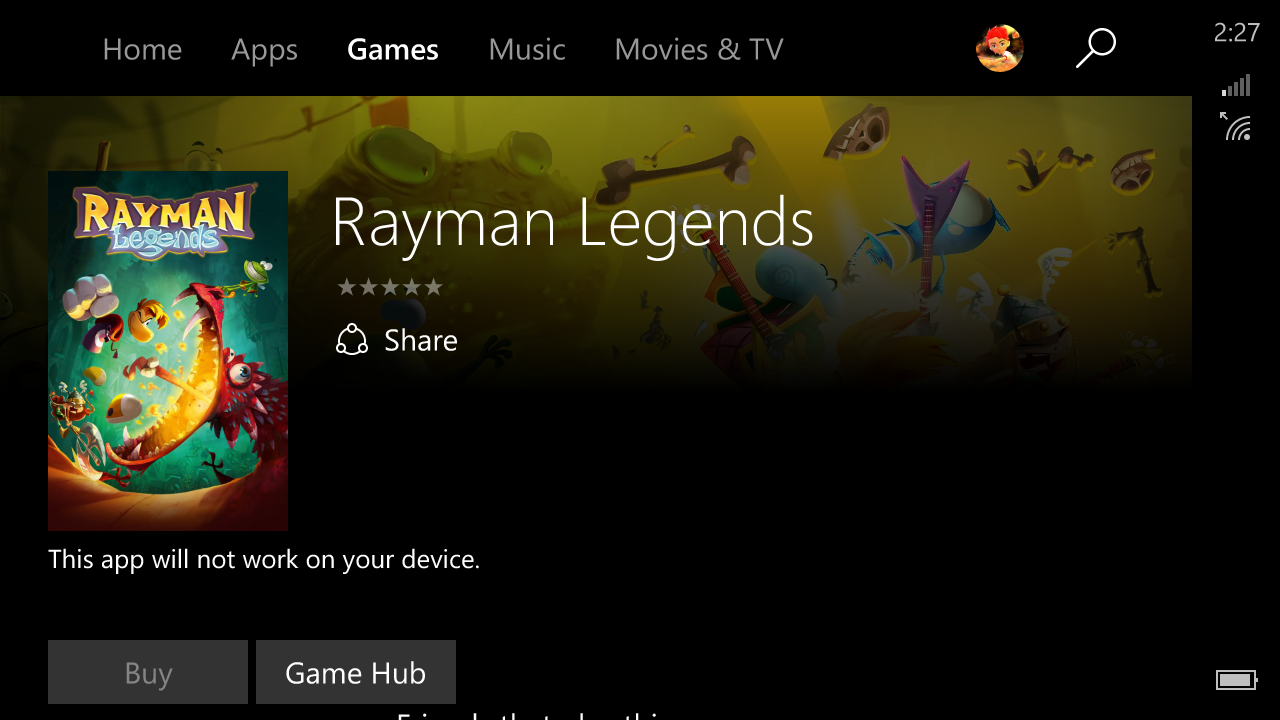Magic Mail Monitor Mmm Alternatives For Mac

Apple is usually discontinuing product sales of the Thunderbolt Screen, a much-loved, though rarely updated monitor. Although it't (for the not super low price of. Airmail takes the basic premise of an email client like Apple Mail and builds on it with more modern features and an emphasis on speed. There's robust support for all major email services, including Gmail, Outlook, Exchange, and IMAP or POP3 mailboxes. You can browse and reply to all of your mail from a single unified inbox, which brings all of your accounts together in one place.
You would think a high profile app written by Apple specifically for OS X and supplied with every Mac sold would be as close to flawless as you can get. Simplified single-account layoutThe good newsWhile switching email client might seem like a slightly daunting prospect, there are two pieces of good news. First, most email apps out there use broadly the same user-interface, so you’ll feel at home with the basics pretty much immediately. Second, Postbox can import your accounts from Apple Mail, getting you up-and-running very quickly.The other good news is that so long as you’re using IMAP (see Setup, below), you will be free to switch back-and-forth between Apple Mail and Postbox until you decide whether or not you want to make a permanent switch.
Postbox gives you a free 30-day trial, and it only costs $10 to buy, which gives you a single-user licence valid for as many Macs as you own.The bad newsIf you’re a power-user – and thus motivated to consider a switch – you will have to do things like recreate your mail filters. And while there’s nothing difficult about that, simply finding things in different menus means the switch between the two environments takes a bit more getting used to.Oh, and one last bit of bad news: you’ll have to train a new spam filter.
All mail clients learn from the messages you mark as junk, so the longer you’ve been using an app, the better it gets at recognising spam. Expect to have a few weeks of seeing a lot more spam than usual until Postbox has had a chance to learn. You can, however, tell Postbox to trust Spam Assassin headers.SetupI’ve used IMAP for many years, so I don’t have to worry about my actual mail: that’s always on the server, and any deleting or moving of mail I do on any of my devices gets mirrored on the server. If you’re not already using IMAP, I highly recommend it to anyone using multiple devices for email, and usually this is no more complicated than changing a POP3 server address to an IMAP one in the account settings.So, if you’re not already using IMAP, make this change first, in Apple Mail. Once you’ve done this, download Postbox, open it and the Account Migration Assistant will pop up. Tell it to import from Apple Mail, and within a few minutes you’ll be looking at something very close in appearance to your existing Mail setup.If you have a lot of mail, the app will of course take a little time to fully download it all.PortabilityJust as Apple Mail stores all your mail and settings in /Library/Mail, and you can duplicate your setup on a second machine just by copying this folder (while Mail is closed), you can do the same with Postbox. The folder to move in this case is /Library/Application Support/Postbox.
Once I had everything set up on my MacBook Pro, I just copied that folder via a USB key to replicate the setup on my MacBook Air.First impressionsSide-by-side, the two apps look remarkably similar. If you have multiple accounts or folders, both use the same three-column format: accounts and folders on the left, subject lines and previews in the middle, currently-selected email on the right. Both provide the same ‘conversational view’, hiding quoted text by default to avoid duplication.Within emails, Postbox can pull in photos from your social networks, so the conversational view is prettier than with Apple Mail.
It can currently auto-import profile photos from Facebook, LinkedIn and Gravatar.There’s also a ‘summarize’ mode which can give non-Mac owners an equally friendly view of email exchanges when sent from Postbox.By default, the font size used by Postbox is smaller, but going into Preferences General and then selecting Font size: Large changes it to be about the same. I compromised on Medium.If, like me, you prefer to leave junk mail in your Inbox so you can quickly glance over it, you’ll notice one apparent drawback to Postbox right away: unlike Apple Mail’s clear shading of junk mail, Postbox simply marks it with a faint recycle icon.
However, Preferences is again our friend there: Preferences Privacy Junk has a checkbox marking all junk mail as read, so these are then clearly distinguished when new mail arrives.I wasn’t entirely happy with the default toolbar, but View Customise toolbar allowed me to set that up just the way I wanted it. Unlike Apple Mail, there are no reply/reply-all icons in each mail item, so I moved these icons to directly above the mail column so they were in almost the same place. (You can also two-finger tap anywhere in the mail item to bring up a context-sensitive menu with reply as the first option.)Those things done, there was really very little visible difference between the two apps. With the two side-by-side, I think anyone could use either one interchangeably.Accounts & foldersThe two apps handle the accounts column in very slightly different ways. With Apple Mail, your Inbox appears at the top of the column, with other folders below. Postbox is more logical, with just the account name at the top of the column and the Inbox with the other folders below.
In practice, however, clicking on the account name defaults to displaying the Inbox, so there is only one difference If you clicked on a folder other than the Inbox, next time you click on that account, you will still be in that folder. That’s logical, but did cause me some momentary confusion.The only other slight difference I found was that Apple Mail allows you to manually place an email in a folder by dragging the email itself, while Postbox needs you to drag the subject line/preview from the middle column.Mail filtering & flaggingIn Postbox, filters are found under Tools Message Filters which is, to my mind, a more obvious place than Apple Mail’s Preferences Rules. The interface to create and edit rules, however, is near-enough identical.Mail flagging is also done in a slightly different way. With Mail, you right-click the message then click on the flag you want; with Postbox, you right-click the message then select Assign Topic and select the one you want. By default, flagged messages are not color-coded, so I went to Assign Topic New Topic (a very unobvious way to edit the settings) and checked Apply the topic color to the entire row in the message pane.Gmail & Dropbox supportGmail support is good, with labels recognised and the option to switch on Gmail keyboard shortcuts for a seamless transition experience between webmail and email client.One feature I love about Postbox is you can set it to send Dropbox links instead of large files.
Just drag files from your Public folder in Dropbox to an email, and Postbox automatically converts them to links. This is a delightfully convenient way to send large files.Additional featuresThere are a bunch more things Postbox can do that I haven’t personally found an immediate use for, such as to-do list management, file searches and saving emails as Evernote notes.ConclusionsIf Apple Mail worked perfectly, I would see no reason to switch, seeing the two as pretty much identical in both appearance and feature-set.
Magic.exe file information
The process known as POP3-compliant email notifier belongs to software Magic Mail Monitor by unknown.
Description:Magic.exe is not essential for the Windows OS and causes relatively few problems. The Magic.exe file is located in a subfolder of 'C:Program Files'.Known file sizes on Windows 10/8/7/XP are 138,752 bytes (75% of all occurrences) or 97,792 bytes.
There is no description of the program. The Magic.exe file is not a Windows core file.Therefore the technical security rating is 32% dangerous, however you should also read the user reviews.
Recommended: Identify Magic.exe related errors
If Magic.exe is located in a subfolder of C:, the security rating is 18% dangerous. The file size is 122,880 bytes.The program has a visible window. The process has no file description. It is not a Windows core file.
Important: Some malware camouflages itself as Magic.exe, particularly when located in the C:Windows or C:WindowsSystem32 folder. Therefore, you should check the Magic.exe process on your PC to see if it is a threat. We recommend Security Task Manager for verifying your computer's security. This was one of the Top Download Picks of The Washington Post and PC World.
